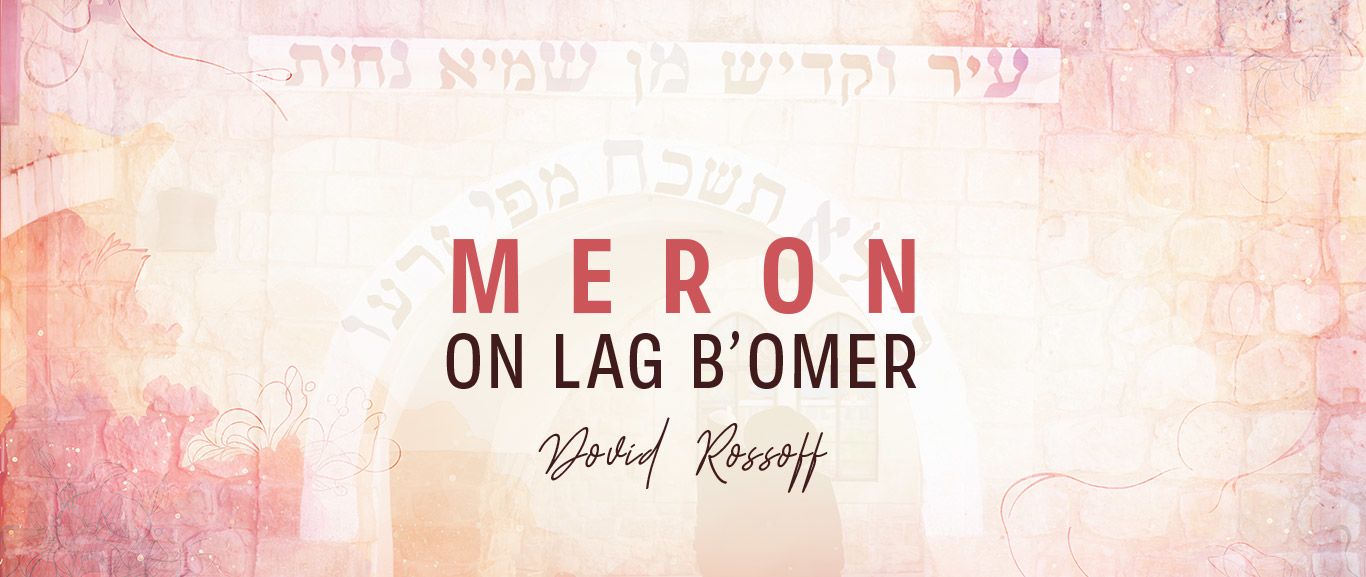
Meron on Lag B’Omer
Families came from as far away as Damascus and Baghdad. Bonfires were lit in honor of the Rashbi, and the men danced to the beat of drums and flutes...

For days before Lag B’Omer, tents and pavilions are being setup wherever there is level ground in the Galilean hills of Meron. Police are marking off areas for security reasons. Private and public bus companies are organizing parking lots according to a master plan. There is a cheerful yet hectic atmosphere. The activities in the courtyards of Meron are similar. The spirit of unity by those whose job it is to organize the material sustenance of tens of thousands of pilgrims is positive, and the Sefardi and Ashkenazi authorities discuss how to handle various situations. What was once left in the hands of spontaneous efforts is now organized to the last detail.
By the eve of Lag B’Omer tens of thousands of people begin to stream to Meron from all over the country. This steady influx will continue throughout the night and uninterrupted all the following day.
This phenomenon is unmatched, and can be sensed by sitting for a while and watching the endless procession of Jews coming and going.
Every year the media estimates a larger and larger crowd, until a few years ago the number skyrocketed to over 500,000 people. Coming from all walks of life, Jews feel some kind of identity with Rabbi Shimon bar Yochai and Meron. Something is awakened in their hearts that even the most distant from traditional observance, choose of their own volition, to take the time and expense to come to Meron.
Let us examine more closely some of the background elements behind this festival and see if we can’t gain a better appreciation of it.
Lag B’Omer in Tradition
There is a commandment to count the days of the Omer (a measure of grain which was cut and brought to the Temple in Jerusalem), between Pesach till Shavuot (Vayikra 24:15-16). In Talmudic times, a plague killed 24,000 students of Rabbi Akiva during the first month of the Omer. On the thirty-third day the plague ceased. In remembrance of this, the sages instituted different signs of mourning, such as no weddings, haircuts, and music. Lag B’Omer, however, became a day of grace, an hour of joy, a time of life.
Also, on this day Rabbi Shimon Bar Yochai passed away, revealing some of the most sublime secrets of the Torah and allowing a Divine illumination to come into the world. As we know, the day of death of a tzaddik (a truly righteous man) is a special time to bind ourselves to Hashem in prayer and ask that in the merits of the tzaddik our prayers should be heard. And more, may the tzaddik’s soul, which is being elevated still higher on this day, speak on our behalf before the heavenly throne.
A Day of Joy
Lag B’Omer is a day for rejoicing. One of the best expressions of joy is through song and dance. All day and all night long the courtyard is filled with men’s singing and dancing.
One Lag B’Omer hundreds of years ago, the Arizal (Rabbi Yitzhak Luria Askenazi, one of the greatest Kabbalists, known as Arizal) came to Meron with his disciples. While they were dancing, another group of pilgrims were dancing led by a tall, stately old man dressed in white. Suddenly, the Arizal joined the other group and began to dance alone with the old man. They danced together for a long time, ecstatically, while his disciples looked on with joy in their hearts.
When the Arizal returned, he immediately took the hand of a simple Jew of Safed and began to dance alone with him before his disciples. They danced together for a long time, the Arizal’s face full of joy.
Later his disciples politely asked their mentor for an explanation of why he had danced with such a simple Jew, not in keeping with his stature as the greatest mystic since the Rashbi (acronym for Rabbi Shimon bar Yochai).
The Arizal laughed. “If that old man dressed in white, who was none other than the Rashbi, chose to dance with that `simple Jew,’ then who am I to say that it is not dignified to dance with him!”
That `simple Jew’ was Rabbi Elazar Ezkari, the author of Sefer Charedim. At that time his greatness was hidden from the masses, and he was thought to be a simple man, the beadle of one of the synagogues of Safed.
The intensity of Lag B’Omer in Meron may be measured in different ways. The vibration level of noise is like a constant rhythmic drumming, even when standing far away from the courtyards. It captivates and excites you, bringing with it renewed energy. Glimpsing around at the people is no less then viewing world Jewry bond one with each other. Sefardim and Ashkenazim, Chassidim and irreligious, Russians and Americans, young and old, rich and poor; a microcosm of Jews from all walks of life.
Back in the fifteenth century, a visitor counted over a thousand pilgrims at Meron. The road from Safed to Meron was lined with people traveling on horses and mules and by foot.
Families came from as far away as Damascus and Baghdad. Bonfires were lit in honor of the Rashbi, and the men danced to the beat of drums and flutes. Beside the tomb, men and women prayed fervently, and off to the side sat scholars studying the holy Zohar.
Today the picture is much the same, except that the numbers are much greater. Where once stood a thousand pilgrims, stand fifty thousand, and instead of traveling a few hundred miles to Meron, people come from all around the world.
Initiation into Boyhood
There is an ancient tradition not to cut a boy’s hair until he is three years old. This first haircut then fulfills the commandment of leaving the locks of hair around his ears (peyot), and is like an initiation rite from babyhood into boyhood. This is the time when the child starts learning the Hebrew alphabet and dons his first pair of tzitzit.
Although most children are not born on Lag B’Omer, it is still customary to give the first haircut, called chalaka, at this time whenever possible. Others bring their child on 7 Adar, the day Moshe‘s death, or on the child’s birthday itself. In Jerusalem, some take their offspring to the cave of Shimon HaTzaddik to perform this ceremony.
The ceremony can be loosely described as follows. The father first dances in the courtyard with his son on his shoulders, accompanied by men singing the tradition song “Bar Yochai.” He then accords various people the honor of snipping off a lock of the boy’s hair. With a drink of l’chaim and hearty praises of mazel tov, the boy’s appearance is slowly transformed, and by the end of the day his initiation is complete.
The impact on the child is undeniable. He is the crown prince of the day. Even years later, many children fondly recall that day in Meron. And even those who don’t remember the event, their souls have been touched and elevated by their initiation into religious observance at the tomb of the Rashbi on Lag B’Omer.
A Day of Soul Searching
On this festive day we might think that personal prayers and supplications are inappropriate. Far from it! Lag B’Omer is a particularly auspicious time for soul searching, for pouring out our hearts to the Almighty, and for aspiring to greater meaning in our lives.
The anniversary of the passing of a tzaddik is known to be an opportune time to make personal requests, whether for health, livelihood, career, spouse, or children. The soul of the tzaddik returns to his tomb on this day, and may be a vehicle to elevate one’s prayers to heaven because the tzaddik is no longer cloaked in a physical body and has direct access to the heavenly abode, while we are full of human imperfections and sin that prevent our prayers from ascending on high.
Many read the Book of Psalms, adding spontaneous prayers from their heart. Others choose to read from one of several books composed specially for this day, and others study from the writings of the holy Zohar and Sefer Tikkunim.
The only thing which one must be aware of is where to draw the line between “soul searching” and depression. The later is forbidden on this day — for the core of Lag B’Omer is joy, pure undiluted simcha. Prayer of any form is to bind us to G-d, and should release us from the bondage of our personal shortcomings.
The Light which Never Wanes
The intensity of the spiritual light which emanates from Meron has gotten only brighter, even after 1,800 years. It is a beacon of triumph of the hidden light of Torah which never wanes. Now, at the darkest hour before the dawn, a glimmering of light can be seen which wakens the sleepy Jewish souls. Soon the revelations of the Zohar will come true, and the Mashiach will reveal himself in the Galilee. Surely this light on Meron is a preview of great things to come, may they be soon in our own time.
***
Dovid Rossoff resides in Jerusalem for over thirty-five years. He has written Land of Our Heritage, Safed: The Mystical City, and The Tefillin Handbook, among others. He is currently writing a Jewish history of Jerusalem from the Crusader period until the present.


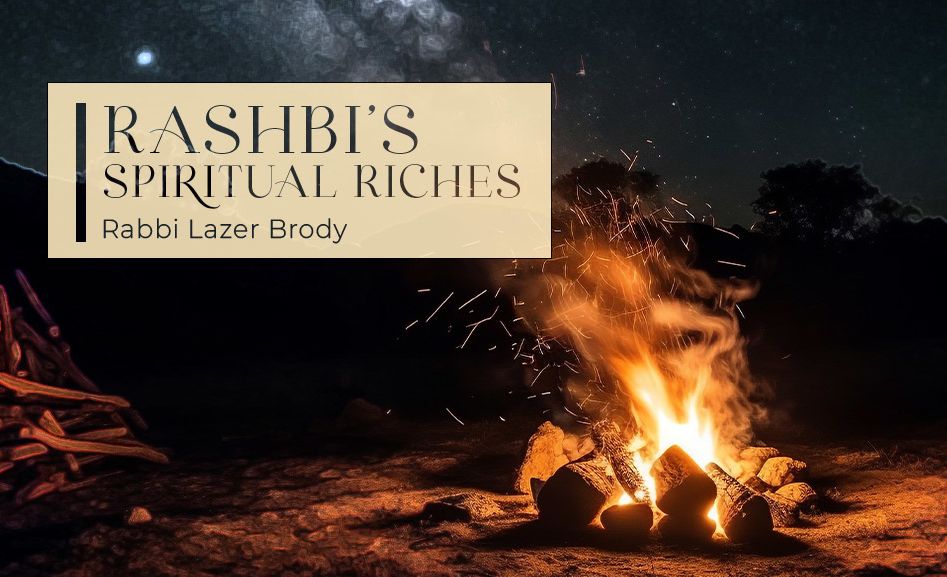

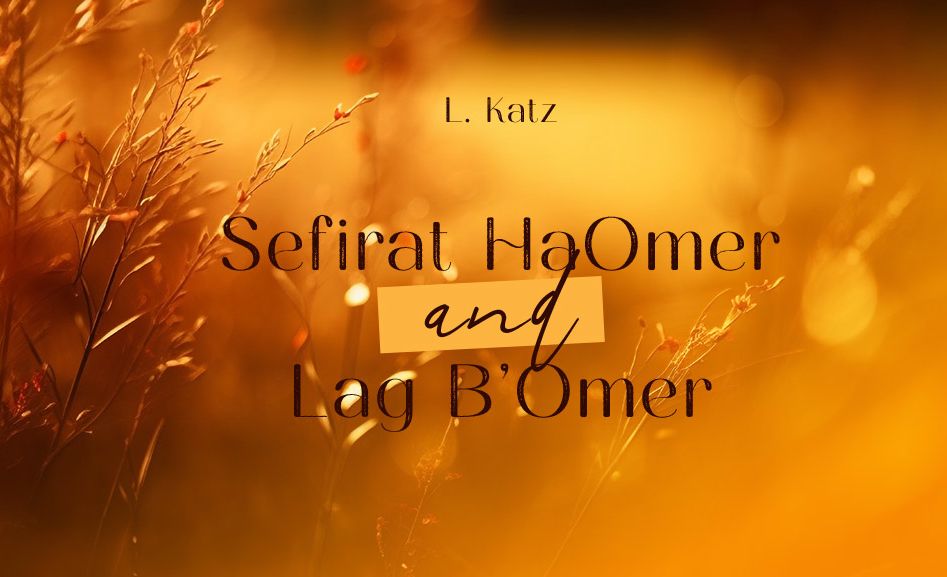
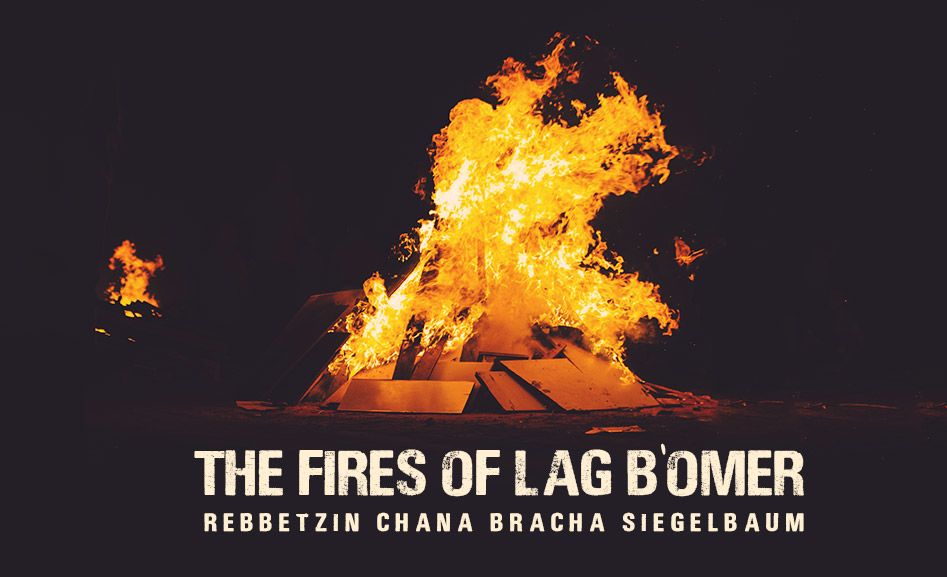
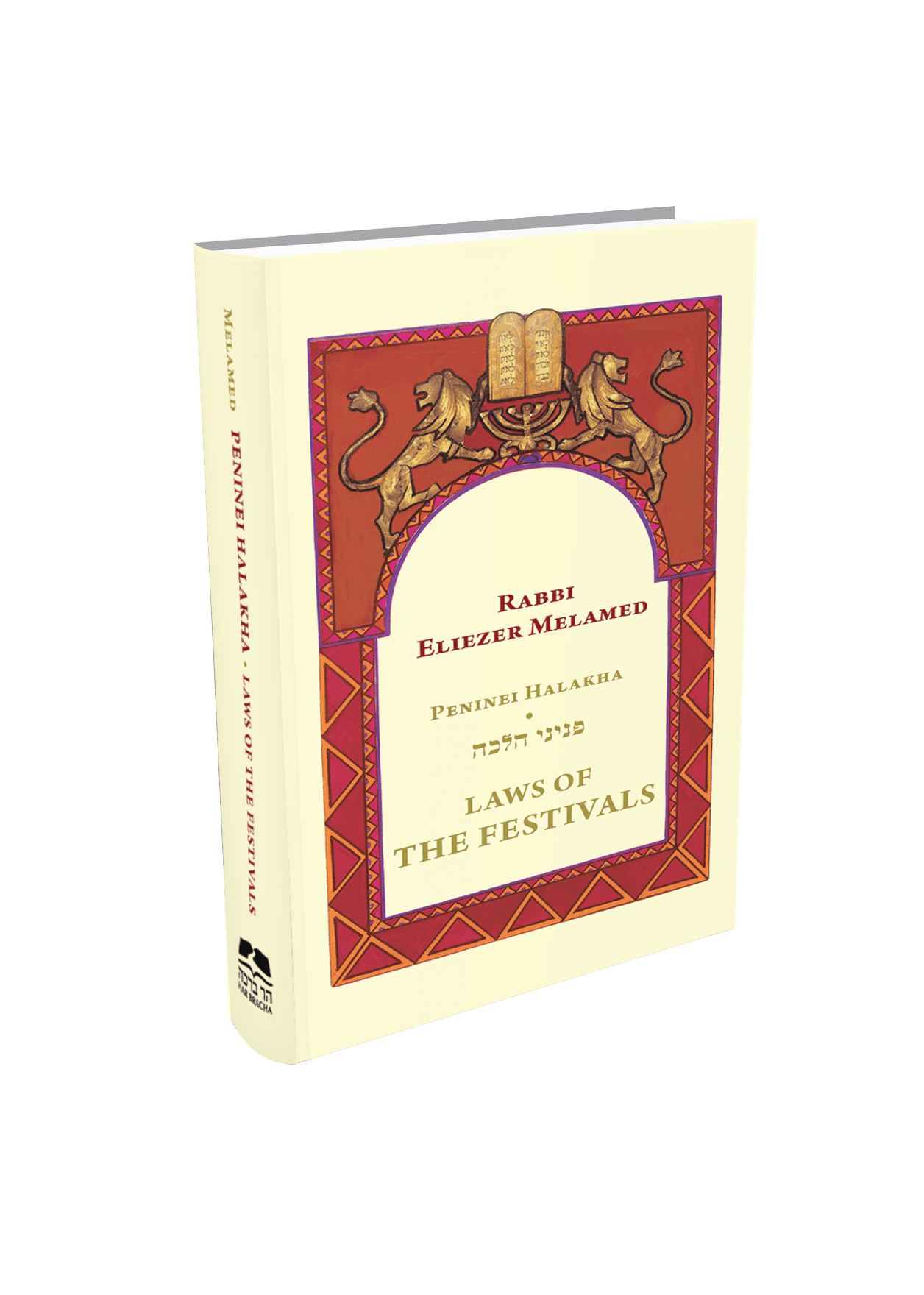
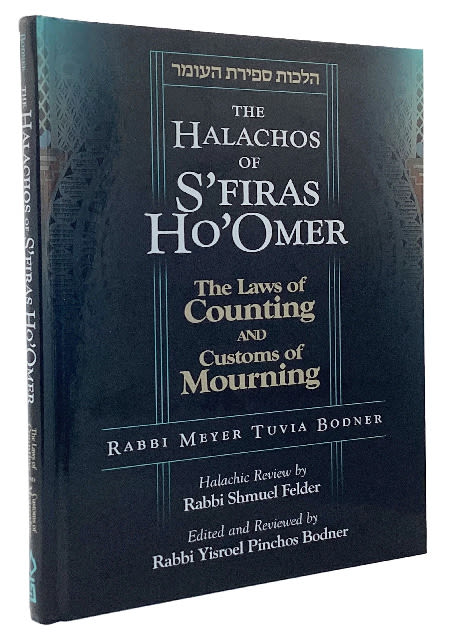
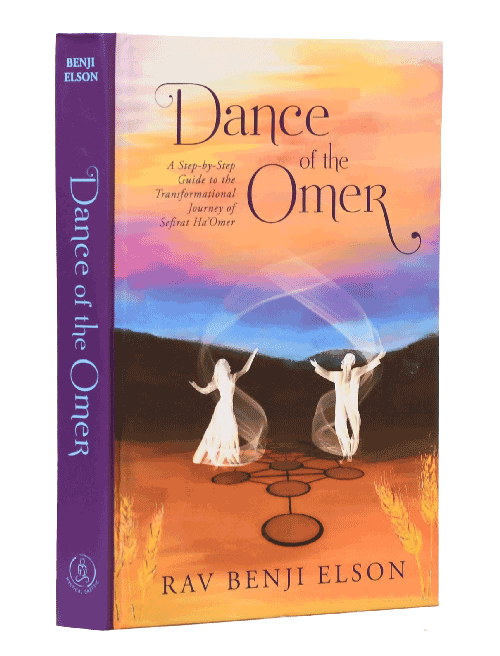
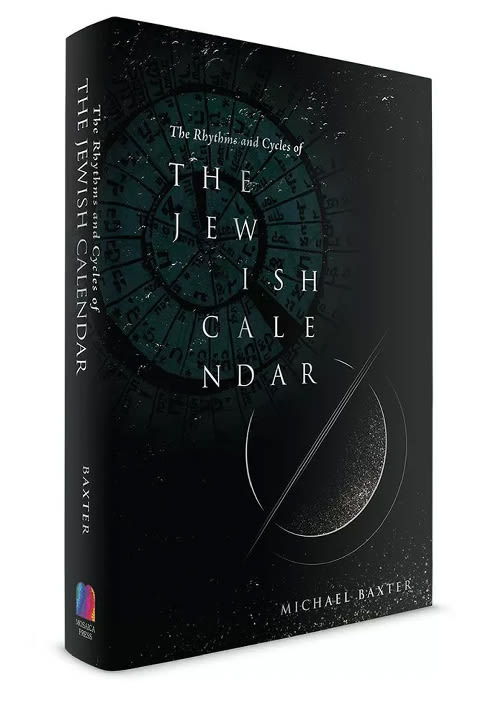
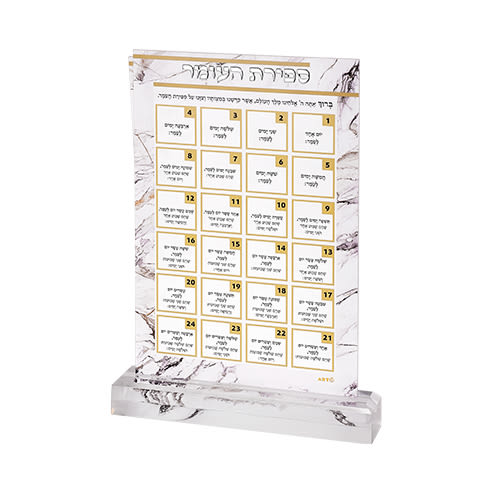

5/12/2009
old days vs today’s loud amplified music i like what it said about the old days with drums and flutes and people studying zohar. respectfully: all the amplified music and loudspeakers, i don’t know if this is really conducive?
5/12/2009
i like what it said about the old days with drums and flutes and people studying zohar. respectfully: all the amplified music and loudspeakers, i don’t know if this is really conducive?